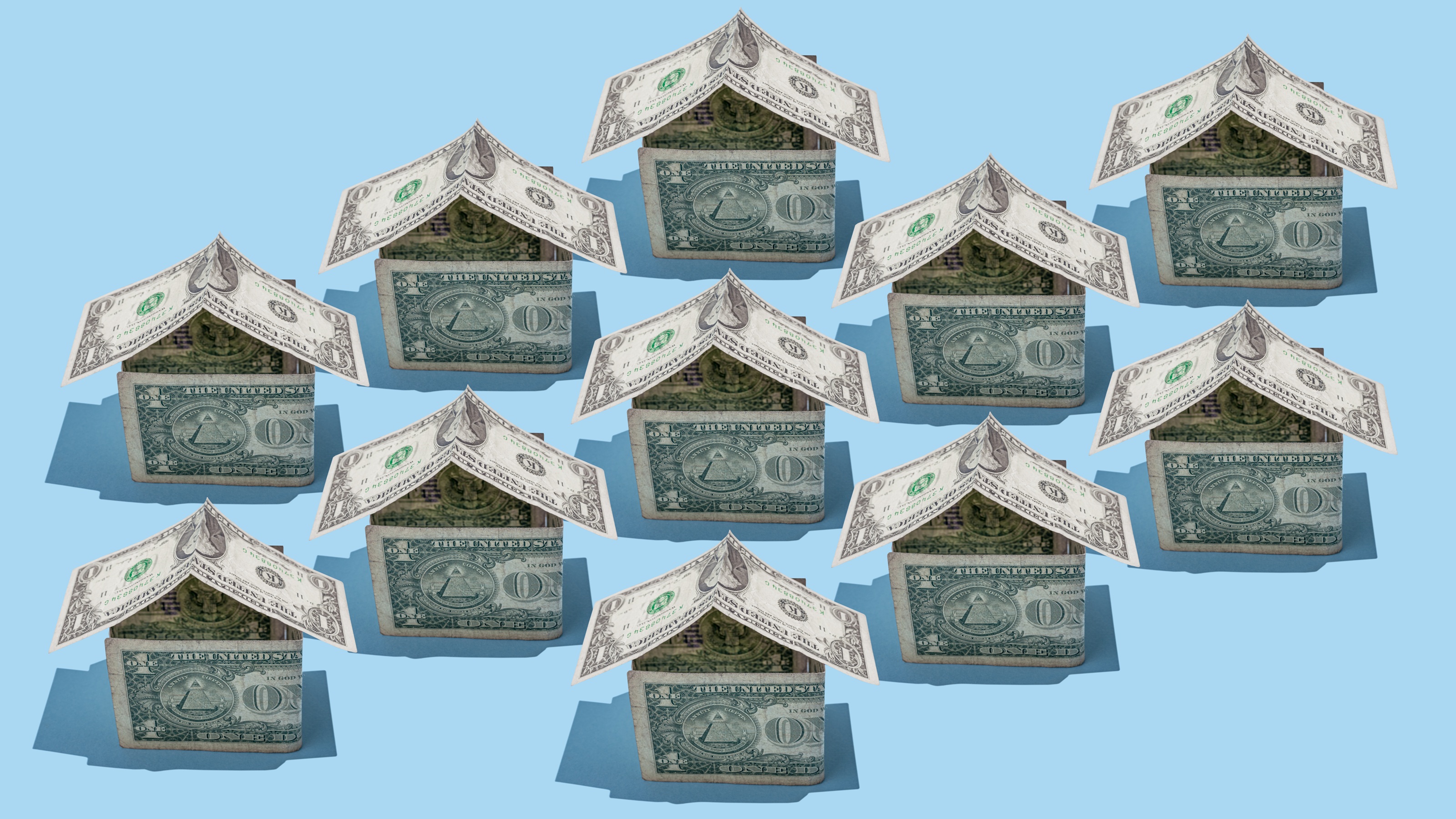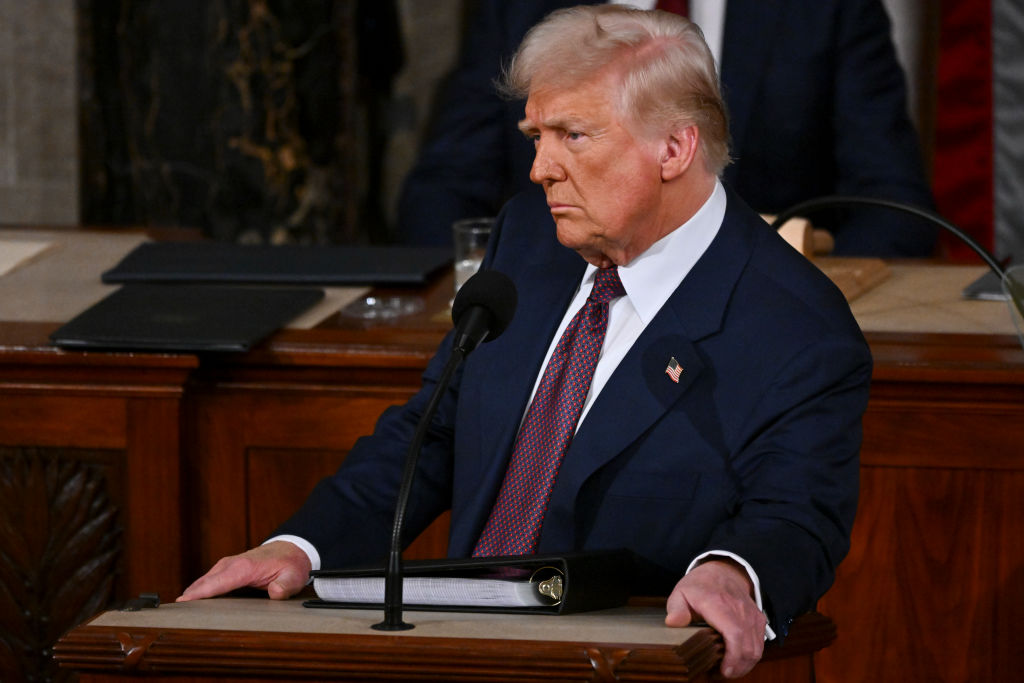Kiplinger Housing Outlook: Weakness in Residential Construction Will Continue Through Year-end
More home builders are using sales incentives and cutting prices to boost sales.

Kiplinger’s Economic Outlooks are written by the staff of our weekly Kiplinger Letter and are unavailable elsewhere. Click here for a free issue of The Kiplinger Letter or to subscribe for the latest trends and forecasts from our highly experienced Kiplinger Letter team.
Increases in home prices continue to ease amid high mortgage rates. The S&P Cotality Case-Shiller U.S. National Home Price Index, which measures the price of existing homes across the nation, rose 1.7% in July from a year earlier, down from a 1.9% annual gain in the previous month. On a month-over-month, seasonally adjusted basis, home prices fell 0.1%. While low affordability continues to weigh on sales, a relatively low supply of homes for sale is supporting continued price growth, but at a slower pace than in recent years. New York reported the strongest gains over the year, followed by Chicago and Cleveland. Boston and Detroit also posted solid increases of about 4%. This reflects a broader trend of price growth now picking up in Northeastern and Midwestern markets, which saw relatively modest price growth during the pandemic.
Housing starts will likely keep falling for the rest of 2025. Total housing starts dropped 8.5%, to 1.31 million annualized units, in August — the slowest construction pace since 2021. The decline was largely driven by a nearly 12% drop in multifamily starts. Single-family starts fell 7%. Total building permits declined by 3.7% and have now fallen for five consecutive months. A downtrend in single-family permits points to the trajectory of new-home construction over the coming months as builders continue to deal with high financing costs, elevated economic uncertainty and unfavorable supply conditions due to volatile U.S. trade policy under the Trump administration. Meanwhile, affordability challenges are boosting rental demand and supporting multifamily development, albeit at a slower pace than in recent years.
From just $107.88 $24.99 for Kiplinger Personal Finance
Be a smarter, better informed investor.

Sign up for Kiplinger’s Free Newsletters
Profit and prosper with the best of expert advice on investing, taxes, retirement, personal finance and more - straight to your e-mail.
Profit and prosper with the best of expert advice - straight to your e-mail.
New-home sales jumped in August, reflecting lower mortgage rates and greater incentives from home builders. Sales skyrocketed 20.5%, to a seasonally adjusted annual rate of 800,000 units. The median price of a new home now stands at $413,500, up 4.7% from a year ago. While the new-home market has been less sensitive to changes in mortgage rates, thanks to the sales incentives offered by builders, rates above 6% will likely continue to discourage some buyers in the months ahead. The decline in mortgage rates in July and August was a big factor in the strong rise in new-home sales, showing that buyers are responding to even the smallest drops in financing costs. The inventory of new homes for sale has risen 4% over the past 12 months. At the current sales pace, that inventory would last 7.4 months.
Existing-home sales fell again in August. Sales of previously owned homes dipped 0.2%, to 4 million annualized units, in August. Existing-home sales remain sluggish as buyers contend with elevated financing costs, high home prices and relatively low inventories. Housing supply has made a meaningful recovery during the past couple of years, as housing market conditions have shifted to a lower gear from the highly competitive post-pandemic rush. Although the number of homes on the market is still below prepandemic levels, inventory has fully normalized when measured in months of supply at the current selling pace. The total inventory of existing homes on the market rose 11.7% in August from a year ago. This translates to 4.6 months of supply at the current sales pace, essentially flat from July. Single-family inventory dipped slightly in August but remained near the highest point since June 2020.
Related content
Profit and prosper with the best of Kiplinger's advice on investing, taxes, retirement, personal finance and much more. Delivered daily. Enter your email in the box and click Sign Me Up.

Rodrigo Sermeño covers the financial services, housing, small business, and cryptocurrency industries for The Kiplinger Letter. Before joining Kiplinger in 2014, he worked for several think tanks and non-profit organizations in Washington, D.C., including the New America Foundation, the Streit Council, and the Arca Foundation. Rodrigo graduated from George Mason University with a bachelor's degree in international affairs. He also holds a master's in public policy from George Mason University's Schar School of Policy and Government.
-
 I'm 54 with a $320,000 IRA and will soon be self-employed, earning about $120,000 per year. How much should I be saving for retirement?
I'm 54 with a $320,000 IRA and will soon be self-employed, earning about $120,000 per year. How much should I be saving for retirement?We asked financial experts for advice.
-
 This High-Performance Investment Vehicle Can Pump Up Wealth
This High-Performance Investment Vehicle Can Pump Up WealthLeave online real estate investing to the beginners. Accredited investors who want real growth need the wealth-building potential of Delaware statutory trusts.
-
 The Economy on a Knife's Edge
The Economy on a Knife's EdgeThe Letter GDP is growing, but employers have all but stopped hiring as they watch how the trade war plays out.
-
 Banks Are Sounding the Alarm About Stablecoins
Banks Are Sounding the Alarm About StablecoinsThe Kiplinger Letter The banking industry says stablecoins could have a negative impact on lending.
-
 Japan Enters a New Era of Risk and Reform
Japan Enters a New Era of Risk and ReformThe Kiplinger Letter Japan has entered a pivotal moment in its economic history, undertaking ambitious policy and structural reforms to escape from decades of stagnation.
-
 After Years of Stagnant Growth, Hope Emerges for EU Economy
After Years of Stagnant Growth, Hope Emerges for EU EconomyThe Kiplinger Letter Can a German fiscal push outweigh French political peril?
-
 Trump's Economic Intervention
Trump's Economic InterventionThe Kiplinger Letter What to Make of Washington's Increasingly Hands-On Approach to Big Business
-
 AI Start-ups Are Rolling in Cash
AI Start-ups Are Rolling in CashThe Kiplinger Letter Investors are plowing record sums of money into artificial intelligence start-ups. Even as sales grow swiftly, losses are piling up for AI firms.
-
 What is AI Worth to the Economy?
What is AI Worth to the Economy?The Letter Spending on AI is already boosting GDP, but will the massive outlays being poured into the technology deliver faster economic growth in the long run?
-
 Kiplinger Special Report: Business Costs for 2026
Kiplinger Special Report: Business Costs for 2026Economic Forecasts Fresh forecasts for 2026, to help you plan ahead and prepare a budget on a range of business costs, from Kiplinger's Letters team.